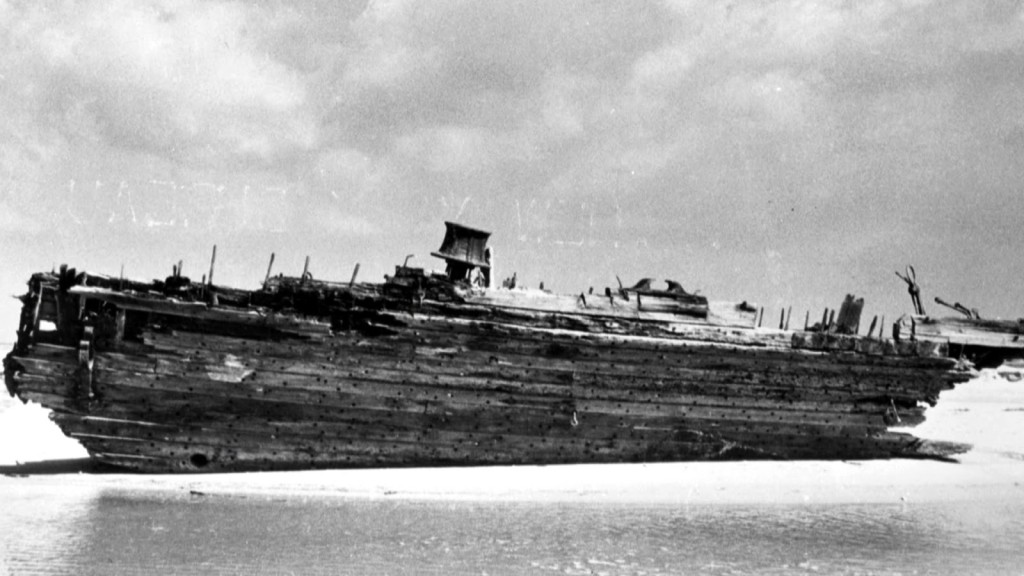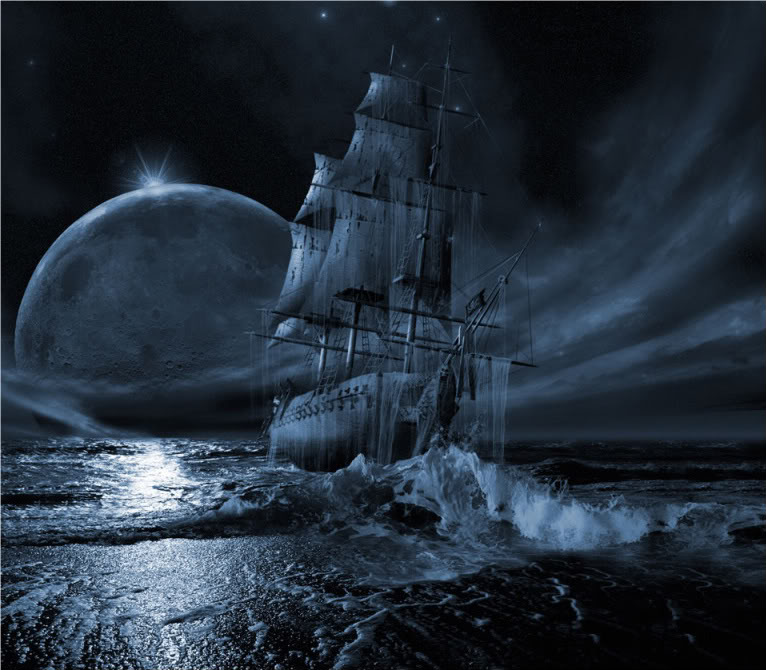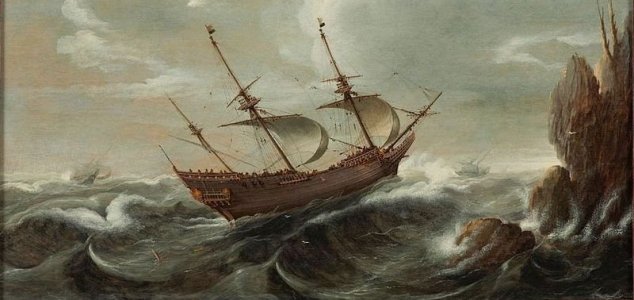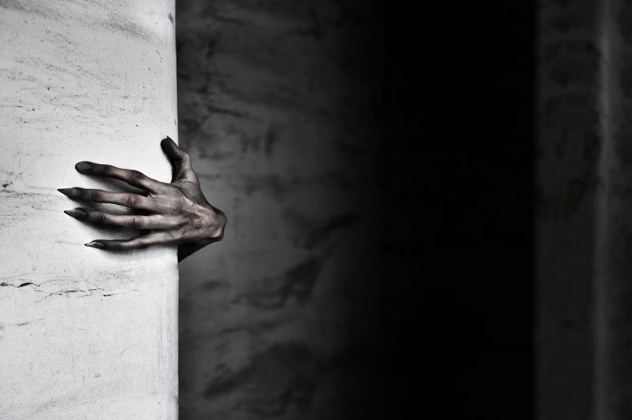
Carroll A. Deering was a five-masted commercial schooner that was found run aground off Cape Hatteras, North Carolina, in 1921. Its crew was missing. The Deering is one of the most written-about maritime mysteries in history, with claims that it was a victim of the Bermuda Triangle, although the evidence points towards a mutiny or possibly piracy.
Overview
The Carroll A. Deering was built in Bath, Maine, in 1919 by the G.G. Deering Company for commercial use. The owner of the company named the ship after his son. The vessel was designed to carry cargo and had been in service for a year when it began its final voyage to Rio de Janeiro, Brazil.
The Deering’s last voyage
On August 19, 1920, the Deering prepared to sail from Norfolk, Virginia, to Rio de Janeiro with a cargo of coal. The ship was captained by William H. Merritt. Merritt’s son, Sewall, was his first mate. He had a ten-man crew made up entirely of Scandinavians (mostly Danes). On August 22, 1920, the Deering left Newport News. In late August, Captain Merritt fell ill and had to be let off at the port of Lewes, Delaware, along with his son. The Deering Company hastily recruited Captain W. B. Wormell, a retired 66-year-old veteran captain, to replace him. Charles B. McLellan was hired on as first mate.
The vessel set sail for Rio on September 8, 1920, and arrived there, delivering its cargo without incident. Wormell gave his crew leave and met with a Captain Goodwin, an old friend who captained another cargo vessel. Wormell spoke of his crew with disdain, though he claimed to trust the engineer, Herbert Bates. The Deering left Rio on December 2, 1920, and stopped for supplies in Barbados. First Mate McLellan got drunk in town and complained to Captain Hugh Norton of the Snow that he could not discipline the crew without Wormell interfering, and that he had to do all the navigation owing to Wormell’s poor eyesight. Later Captain Norton, his first mate and another captain were in the Continental Café and heard McLellan say, “I’ll get the captain before we get to Norfolk, I will.”[2] McLellan was arrested, but on January 9 Wormell forgave him, bailed him out of jail, and set sail for Hampton Roads.
The ship was next sighted by the Cape Lookout Lightship in North Carolina on January 28, 1921, when the vessel hailed it. The lightship’s keeper, Captain Jacobson, reported that a thin man with reddish hair and a foreign accent told him the vessel had lost its anchors. Jacobson took note of this, but his radio was out, so he was unable to report it. He noticed that the crew seemed to be “milling around” on the fore deck of the ship, an area where they were usually not allowed.

The wreck
On January 31, 1921, the Deering was sighted run aground on Diamond Shoals, an area off the coast of Cape Hatteras, North Carolina, that has long been notorious as a common site of shipwrecks. Rescue ships were unable to approach the vessel owing to bad weather. The ship was not boarded until February 4, and it became clear that the ship had been completely abandoned. The ship’s log and navigation equipment were gone, the crew’s personal effects and the ship’s two lifeboats were gone as well. In the vessel’s galley it appeared that certain foodstuffs were being prepared for the next day’s meal at the time of the abandonment. The Coast Guard vessel Manning attempted to salvage the Deering, but found this impossible. The vessel was scuttled, using dynamite, on March 4 to prevent her from becoming a danger to other vessels.
Originally posted 2016-03-01 12:28:33. Republished by Blog Post Promoter













